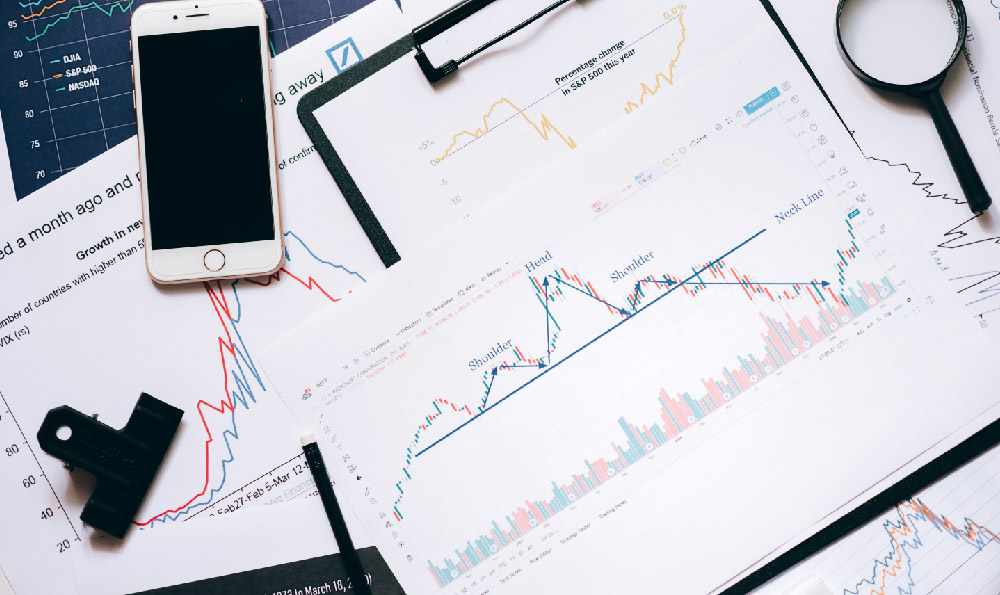Is Gold Safe? Should You Invest in Gold Now?
The allure of gold has captivated investors for centuries. Its historical role as a store of value, a hedge against inflation, and a safe haven during economic turmoil continues to draw attention in today's volatile financial landscape. But in a world increasingly dominated by digital assets and complex investment instruments, the question remains: Is gold a safe investment, and should you consider adding it to your portfolio now?
Gold's Historical Performance: A Foundation of Stability

Throughout history, gold has served as a reliable form of currency and a valuable asset. Unlike fiat currencies, which are subject to government control and inflation, gold's limited supply and inherent properties have maintained its intrinsic worth. During periods of economic uncertainty, geopolitical instability, or inflationary pressures, investors often flock to gold, driving up its price and solidifying its reputation as a safe haven.
Looking back at historical data, gold has consistently performed well during stock market crashes and recessions. For example, during the 2008 financial crisis, while stock markets plummeted, gold prices surged, providing a cushion for investors who held it as part of their portfolio. This counter-cyclical behavior is a key factor in gold's appeal as a diversifier and a safety net.
Gold as an Inflation Hedge: Preserving Purchasing Power
Inflation erodes the purchasing power of fiat currencies, diminishing the value of savings and investments. Gold, however, has historically acted as an effective inflation hedge, maintaining its value as the cost of goods and services rises. This is because the supply of gold is relatively stable, while the supply of fiat currencies can be increased by governments, leading to inflation.
While the relationship between gold and inflation is not always perfectly correlated in the short term, over the long term, gold has generally kept pace with inflation, preserving the real value of wealth. In periods of high inflation, investors often turn to gold as a store of value, further driving up its price and enhancing its effectiveness as an inflation hedge.
The Role of Gold in a Diversified Portfolio: Mitigating Risk
One of the most compelling arguments for investing in gold is its ability to diversify a portfolio and reduce overall risk. Gold's low correlation with other asset classes, such as stocks and bonds, means that it can act as a buffer during market downturns. When stock markets are performing poorly, gold prices often rise, offsetting losses in other parts of the portfolio.
A well-diversified portfolio typically includes a mix of asset classes, including stocks, bonds, real estate, and commodities. Adding gold to this mix can enhance its stability and improve its risk-adjusted returns. The optimal allocation to gold will depend on individual risk tolerance, investment goals, and market conditions, but a general guideline is to allocate between 5% and 15% of a portfolio to gold.
Potential Drawbacks and Considerations: Understanding the Limitations
While gold offers numerous benefits, it's important to acknowledge its limitations and potential drawbacks. One key consideration is that gold does not generate income in the form of dividends or interest, unlike stocks or bonds. Its value is solely dependent on price appreciation, which can be influenced by market sentiment, economic conditions, and geopolitical events.
Another factor to consider is the cost of storage and insurance, especially for physical gold. While there are various ways to invest in gold, including gold ETFs, gold mining stocks, and physical gold, each option has its own set of costs and risks. Physical gold requires secure storage and insurance to protect against theft or damage, while gold ETFs and gold mining stocks are subject to market volatility and management fees.
Analyzing the Current Market: Is Now the Right Time to Invest?
The decision of whether to invest in gold now depends on a variety of factors, including the current economic climate, interest rates, inflation expectations, and geopolitical risks. In times of economic uncertainty, low interest rates, and rising inflation, gold tends to perform well as investors seek safe havens and inflation hedges.
Currently, the global economy is facing a number of challenges, including high inflation, rising interest rates, and geopolitical tensions. These factors could create a favorable environment for gold, as investors seek to protect their wealth from market volatility and inflationary pressures. However, it's important to remember that market conditions can change rapidly, and gold prices can be volatile in the short term.
Strategies for Investing in Gold: Choosing the Right Approach
There are several ways to invest in gold, each with its own advantages and disadvantages. Physical gold, such as gold bars and coins, offers direct ownership and control, but it requires secure storage and insurance. Gold ETFs (exchange-traded funds) provide a convenient and cost-effective way to gain exposure to gold prices, without the need to store physical gold. Gold mining stocks offer the potential for higher returns, but they are also subject to the risks associated with individual companies and the mining industry.
When choosing a strategy for investing in gold, it's important to consider your investment goals, risk tolerance, and time horizon. For long-term investors seeking diversification and inflation protection, a combination of physical gold and gold ETFs may be appropriate. For investors seeking higher returns, gold mining stocks may be an option, but it's important to do thorough research and understand the risks involved.
Protecting Your Investment: Avoiding Common Pitfalls
As with any investment, it's crucial to be aware of the potential pitfalls and take steps to protect your investment. Avoid investing in gold based on hype or speculation, and always do your own research before making any investment decisions. Be wary of scams and fraudulent schemes, and only deal with reputable dealers and brokers.
Diversify your gold holdings across different types of assets, such as physical gold, gold ETFs, and gold mining stocks, to reduce risk. Regularly review your portfolio and rebalance your holdings as needed to maintain your desired asset allocation. Stay informed about market trends and economic conditions, and be prepared to adjust your investment strategy as needed.
Conclusion: A Prudent Addition to a Well-Rounded Portfolio
Gold has a long history of serving as a store of value, a hedge against inflation, and a safe haven during economic turmoil. While it's not a guaranteed investment, it can be a valuable addition to a well-diversified portfolio, providing stability, diversification, and protection against market volatility. The decision of whether to invest in gold now depends on individual circumstances, risk tolerance, and market conditions. By understanding the benefits and limitations of gold, and by following a prudent investment strategy, you can potentially enhance your portfolio's performance and protect your wealth in the long term. Remember to consult with a qualified financial advisor before making any investment decisions.












